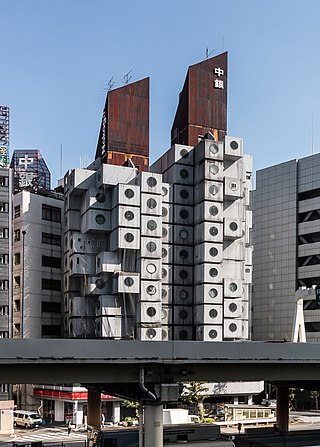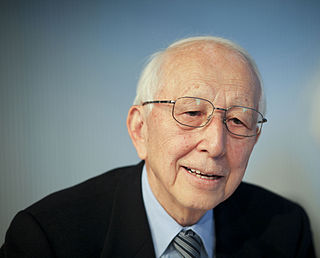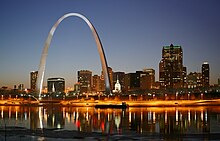The year 1973 in architecture involved some significant architectural events and new buildings.
The year 1993 in architecture involved some significant architectural events and new buildings.
The year 1987 in architecture involved some significant architectural events and new buildings.
The year 1966 in architecture involved some significant architectural events and new buildings.
The year 1972 in architecture involved some significant architectural events and new buildings.
The year 1955 in architecture involved some significant architectural events and new buildings.
The year 1964 in architecture involved some significant architectural events and new buildings.
The year 1922 in architecture involved some significant architectural events and new buildings.
The year 1888 in architecture involved some significant architectural events and new buildings.
The year 1970 in architecture involved some significant architectural events and new buildings.
The year 1887 in architecture involved some significant architectural events and new buildings.
The year 1912 in architecture involved some significant architectural events and new buildings.

Metabolism was a post-war Japanese biomimetic architectural movement that fused ideas about architectural megastructures with those of organic biological growth. It had its first international exposure during CIAM's 1959 meeting and its ideas were tentatively tested by students from Kenzo Tange's MIT studio.

Collegiate Gothic is an architectural style subgenre of Gothic Revival architecture, popular in the late-19th and early-20th centuries for college and high school buildings in the United States and Canada, and to a certain extent Europe. A form of historicist architecture, it took its inspiration from English Tudor and Gothic buildings. It has returned in the 21st century in the form of prominent new buildings at schools and universities including Princeton, Washington University, and Yale.
The year 2005 in architecture involved some significant architectural events and new buildings.

Fumihiko Maki is a Japanese architect who teaches at Keio University SFC. In 1993, he received the Pritzker Prize for his work, which often explores pioneering uses of new materials and fuses the cultures of east and west.
The year 2006 in architecture involved some significant architectural events and new buildings.
The architecture of Tokyo has largely been shaped by the city's history. Twice in recent history has the metropolis been left in ruins: first in the 1923 Great Kantō earthquake and later after extensive firebombing in World War II. Because of this and other factors, Tokyo's current urban landscape is mostly modern and contemporary architecture, and older buildings are scarce. Tokyo once was a city with low buildings and packed with single family homes, today the city has a larger focus on high rise residential homes and urbanization. Tokyo's culture is changing as well as increased risk of natural catastrophes, because of this architecture has had to make dramatic changes since the 1990s. Located off of Tokyo Bay which makes typhoons and rising sea levels a current risk, along with volcanoes and large earthquakes. As a result of this, a new focus has been placed on waterborne risks such as rising sea levels and seismic events.

Plan for Skopje 1963 was the urban and architectural plan put forward to rebuild the city of Skopje following the 1963 Skopje earthquake. The plan was organised between 1963 and 1966 by the government of Yugoslavia and the United Nations. The rebuilding of the city attracted large international attention, this led to the involvement of a large number of high-profile architects. The UN invited Kenzo Tange and his team to participate in an international competition for the urban design of the city centre in 1965; as one of several Yugoslav and international architecture teams. Architects that participated in the plan include Greek architect Constantinos Doxiadis and Polish architect Adolf Ciborowski. Dutch architects Van den Broek and Jaap Bakema. Luigi Piccinato (Italy) and Maurice Rotival (USA). Yugoslav participants included Aleksandar Dordevik, Slavko Brezoski, Edvard Ravnikar, Radovan Miščević and Fedor Wenzler.







